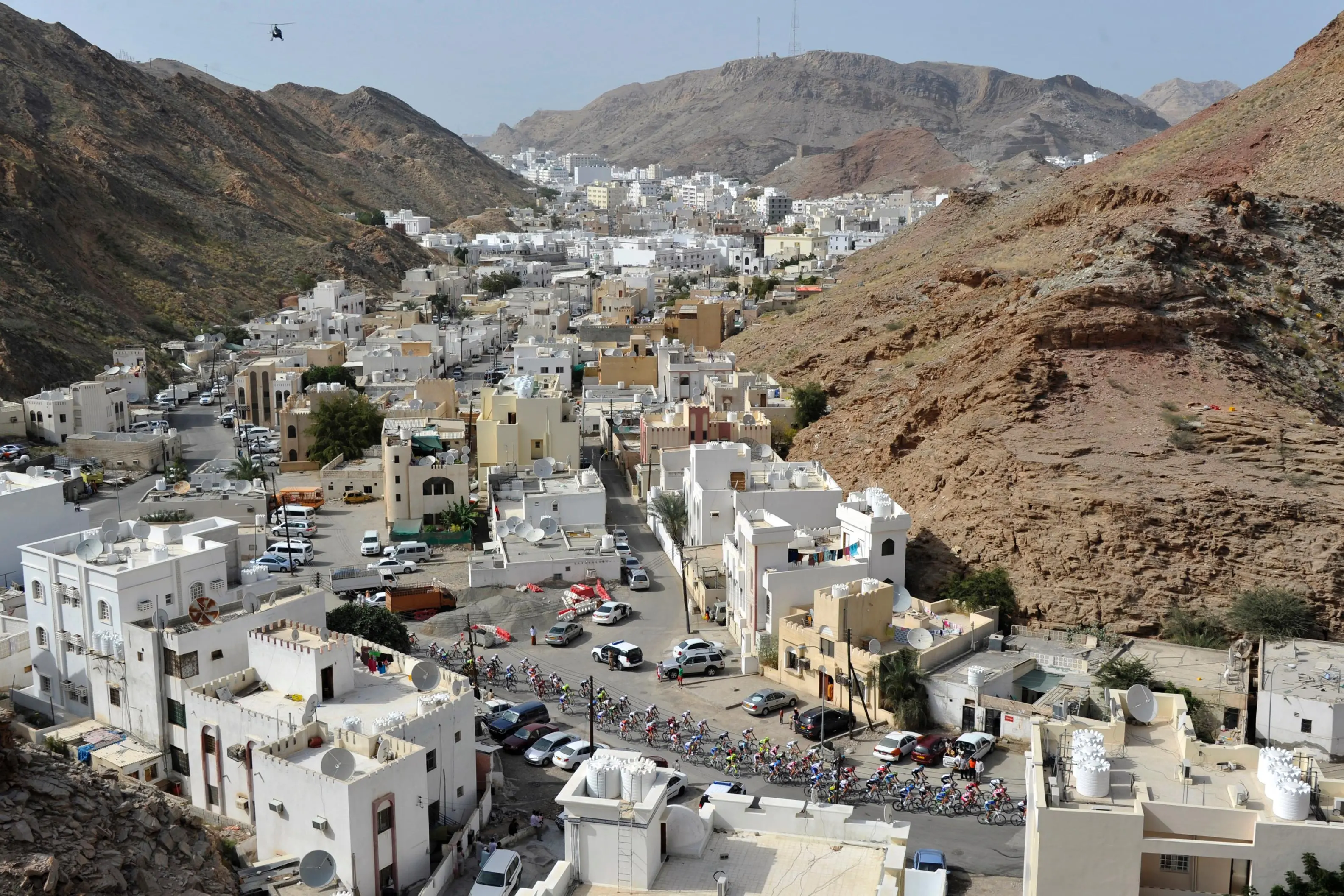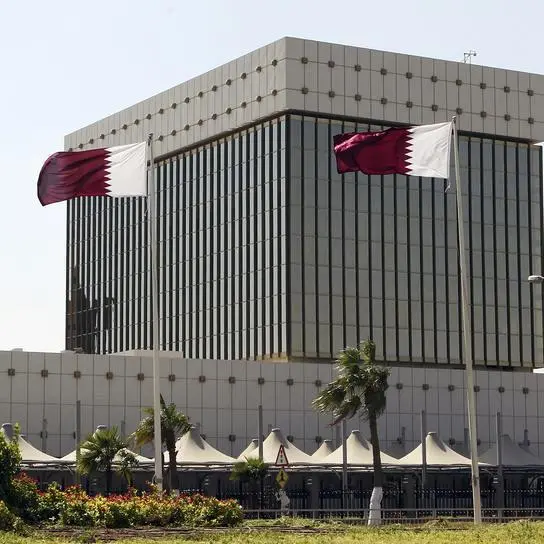PHOTO
While real estate transaction figures continue to reflect a more cautious macroeconomic environment, potential reforms could pave the way for Oman's property market to regain some of its dynamism going forward.
The value of property traded in the sultanate between January and June this year fell by 69.9% year-on-year (y-o-y) to OR1.4bn ($3.6bn), according statistics released by the government’s National Centre for Statistics and Information (NCSI). Over the same period the traded value of mortgage contracts fell by 80.7% to OR797.7m ($2.1bn), while the number of sales contracts eased by 23.9% to 30,635.
The figures are indicative of low market confidence at a time of ongoing macroeconomic uncertainty, as Oman continues to realign its economy to a lower oil price environment through fiscal adjustments and measures to promote diversification. According to the IMF, the sultanate’s GDP growth is expected to ease to 0.4% this year, down from 3.1% last year and 4.2% in 2015.
Relying on youth
Nonetheless, the sultanate’s sizeable youth population – more than half of residents are under the age of 25, as per NCSI figures – should continue to sustain demand for real estate, with a particular focus on apartments. Indeed, property services firm Savills estimated that 75% of apartment sales in central areas of the country such as Muscat were made to young citizens during the second half of 2015.
“Residential real estate will need to meet the housing demand for this emerging demographic group, which is likely to have an appetite for modern housing in the form of apartments,” Sudhakar Reddy, CEO of Al Habib and Co, told OBG.
The country is also home to a large number of expatriates, which accounted for 45.1% of the population as of last month, according to the NSCI. Expansion of this demographic helped population growth average 8.5% per year between 2011 and 2015, according to World Bank figures.
However, a slowing economy and government-backed airport, railway and port projects have seen the expatriate mix change, with some skilled foreign workers electing to leave, and unskilled workers continuing to arrive. This in turn has affected market dynamics, Reddy told OBG, putting downward pressure on rents and increasing demand for more affordable housing.
Awaiting Cabinet approval
Legislative reforms to the laws surrounding real estate purchases are being considered to help the market adapt to Oman’s large non-native population.
Currently, foreign nationals from outside the GCC can only own land within designated areas known as integrated tourism complexes (ITCs), six of which had been licensed as of 2016.
In mid-March, however, the Ministry of Housing (MoH) proposed new rules that would allow foreign nationals to own property outside ITCs. The proposals also omit eligibility restrictions based on the time a potential foreign buyer has spent in Oman, and would be implemented following discussion by the Majlis Al Shura and approval from the Cabinet.
“If the proposals are passed into law following Cabinet approval, they could boost real estate sales by allowing foreigners to absorb unused capacity, particularly for high- and mid-tier property,” Hisham Moussa, CEO of Alargan Towell, told OBG.
Mohammed Al Ghassani, deputy chairman of the Majlis Al Shura, also gave his public backing to the legislation at the Oman Real Estate Conference, which took place in Muscat in mid-May.
“Our economy will benefit greatly from this, and [it] will play a big role in developing the real estate sector. By only allowing expatriates to purchase certain types of property, Oman is losing out on a huge opportunity that lies on its doorstep,” he told local media.
Nonetheless, some market observers are wary of the new legislation, believing liberalisation would inflate property prices in the short to medium term, and make it more difficult for locals to buy land.
Pricing index
Another potential reform of significance for stakeholders in Oman’s real estate sector is the development of a real estate pricing index, mooted for implementation this year.
The Oman Real Estate Association has lobbied for the index, which it said would increase transparency by giving a clearer picture of current market prices and the transaction histories of properties.
The index would also seek to counteract what sector stakeholders describe as the undervaluation of property due to a transaction tax hike at the end of January last year. Since then, all sale and lease transactions in the sultanate have been subject to a tax of 5% of a property’s value, up from 3% previously.
© Oxford Business Group 2017












